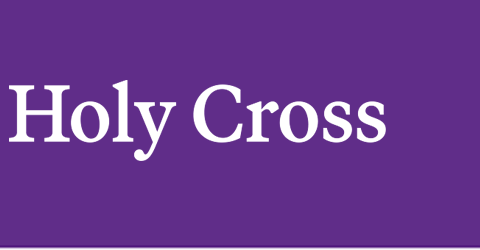Document Type
Working Paper
Date of This Version
1-1-2011
Keywords
Athletics, higher education, sports
Abstract
This paper examines the profitability of Division I athletic programs at colleges and universities in the United States under a variety of accounting definitions of profit. The data identify several broad themes. First, a majority of athletic departments rely heavily on direct and indirect subsidization of their programs by the student body, the institution itself, and state governments in order to balance their books. Without such funding, less than a third of BCS athletic departments and no non-BCS departments are in the black. Second, athletic programs rely heavily on contributions to balance their books. Donations to athletic departments may serve as a substitute for donations to the rest of the university, lowering giving to other programs. Third, football and men’s basketball programs are generally highly profitable at BCS schools, but below this top tier, fewer than 10% of football programs and 15% of men’s basketball programs show a profit by any reasonable accounting measures.
Working Paper Number
1101
Recommended Citation
Matheson, Victor; O'Connor, Debra J.; and Herberger, Joseph H., "The Bottom Line: Accounting for Revenues and Expenditures in Intercollegiate Athletics" (2011). Economics Department Working Papers. Paper 24.
https://crossworks.holycross.edu/econ_working_papers/24

